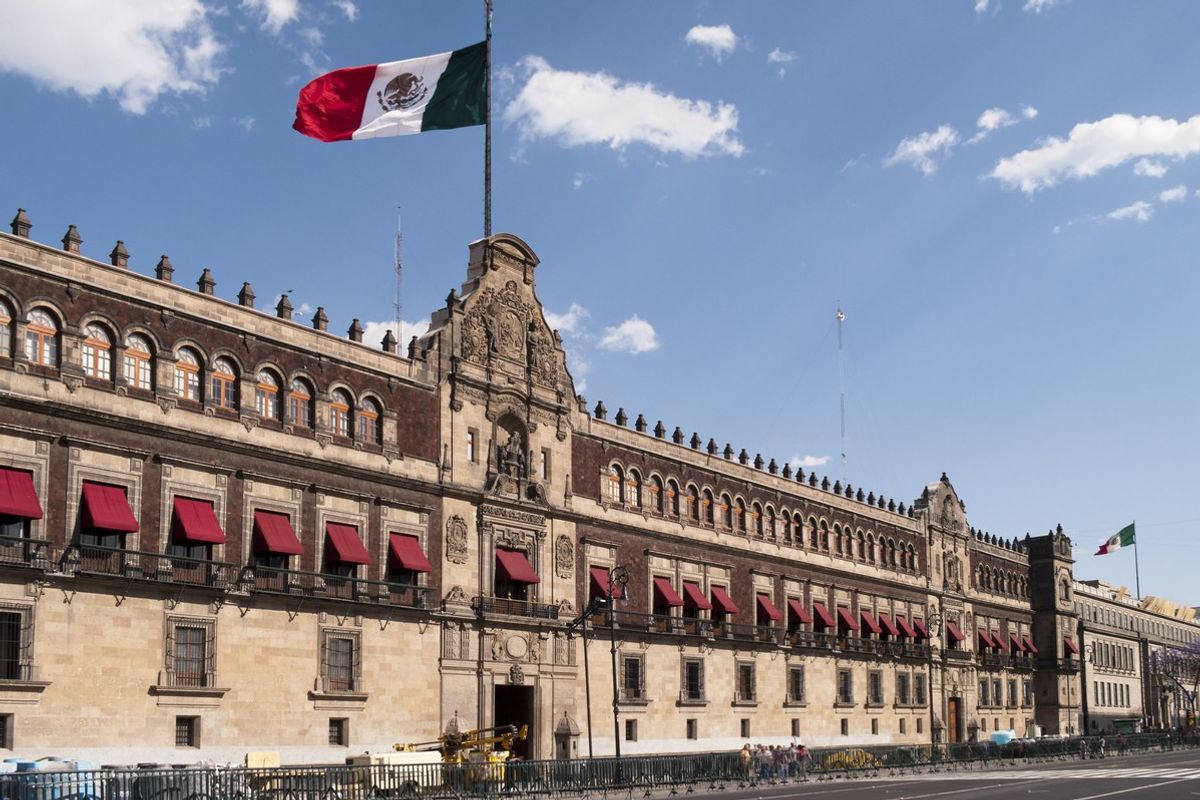The so-called Northern Triangle in Central America—namely, Guatemala, El Salvador, and Honduras—has been depicted as one of the must dangerous and violent regions in the world. International organizations, human rights groups, politicians, and even churches and other religious entities, not to mention journalists and members of academia, contribute extensively to this narrative. And from social scientists to politicians, everyone wants to provide a solution to this enormously complex controversy.
One approach that is not often used is Marcelo Daskal’s models for understanding controversies, which help us differentiate between strategic and tactical controversies. Indeed, the Northern Triangle is undergoing a strategic controversy, but everyone is focusing on the tactical aspects of it. In line with Daskal’s models, the Northern Triangle controversy involves more factors than those being used to understand it.
Take, for example, the origins of the extreme violence that occurs in the region. There is an open and expanding controversy about drug trafficking because it is often assessed in economic terms: production versus consumption, supply versus demand. This is a serious mistake. Viewing the controversy in purely economic terms confuses and blurs the lines between the origins of the drug trade and what drives its expansion. This blurriness also hides a crucial aspect of this gigantic tragedy—that of the individual and the families of the consumers. The human element is what should be at the center of the debate—the addiction to which victims fall and are then preyed upon by the individuals marketing or selling the drugs. This is not an economic problem; it is first and foremost a human tragedy.
Expanding our understanding of the controversy also raises questions regarding the data, research methods, and general analytic framework used to create the original “narrative.” The statistical data is highly questionable because it is hard to collect and, more importantly, to seriously trust. This is true because the collection of the data is undertaken in very harsh environments, and the data is difficult to measure and track, such as origins of the drug trafficking, drug amounts bought versus consumed, and how and where the trafficking ends.
This entire picture, however, is fundamental in order to fully comprehend the real “road of violence,” the groups or individuals involved, and the internal rules and “culture” of the so-called Maras or gangs, which are almost impenetrable. Very little is actually known about these secretive organizations and their methods, because we mainly see what they want us to witness—their rage and cruelty exercised to the maximum limits. That is the reason it is so difficult to study and comprehend how they operate; we know about their origins, but cannot grasp their internal structure. Cold numbers won’t give us the answers we need.
We need to collect and interpret all the elements that emerge from expanding the understanding of the violence. An empirical approach won’t suffice to really understand the human element. By singling out the Northern Triangle as the “most violent” region in the world, a value judgment is made solely on the coldness of numbers and data, and one that misrepresents the problem and the solution. Politicians share this problem, as ideology influences the dominant narrative and creates unrealistic expectations.
The urgency to find a solution requires representatives from the countries of the Triangle, as well as those from other, influential foreign governments and parties. This could even include the dark groups, the criminals, who are unequivocally involved in the origins and spread, and therefore might be part of the solution.
There is not one cause for the violence, killings, and other gang related acts of extreme rage and overpowering cruelty, so there cannot be one solution. Poverty statistics are often cited as the cause, but poverty does not provide the soil from where this type of irrationality blooms. In many cases, we witness rituality and revenge, or violence exercised to create and impose fear, complete impotence, and pain.
There is an open contradiction in the region, where immense wealth and the lack of hope and means walk side by side. Suffering has become an everyday event amongst many humble and desperate people. So they flee; they seek and travel to Utopia. The quest for the lost hope forces desperate young people to initiate an impossible journey to the land of opportunities. And so far the answer has been a corrupt political system that literally screams for change.
The solution must come from a public discussion, where everybody takes part. The events of last year that triggered the massive demonstrations in Guatemala, which toppled or forced the resignation of the elected President and Vice President, were due to extensive corruption and an investigation generated by a United Nations Commission established in Guatemala to investigate the corruption. This generated the means to solve the controversy and brought hope inside the country and into the whole Triangle.
But these are only the first steps. A deeper investigation must follow and force compliance with due process, thereby enforcing the Constitution. This is the only alternative that can find an elusive and evasive, non-algorithmic resolution to this terrible controversy that has engulfed the Northern Triangle in this never-ending cycle of rage and violence. The language of weapons and death must be stopped to give way to conditions that might bring back hope to the suffering of millions of people in this extraordinary region of the world.









